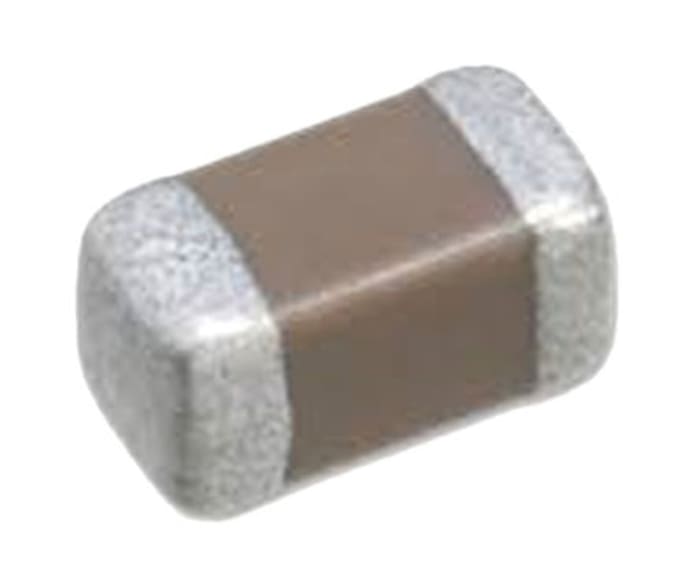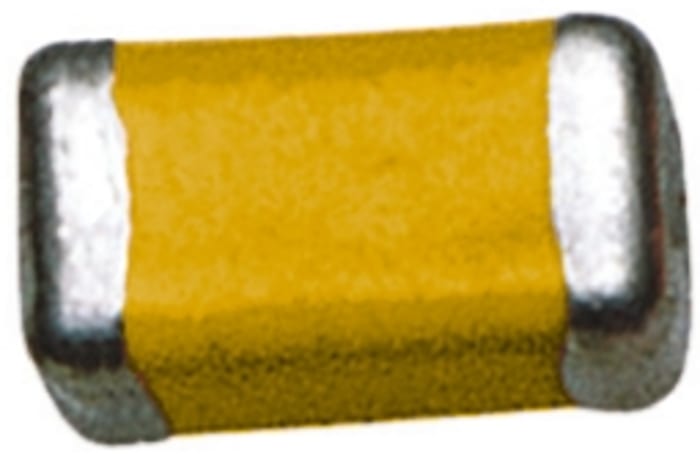Murata GRM21BR61H475KE51L MLCC, 4.7мкФ

Техническая документация
Характеристики
Brand
MurataЕмкость
4.7мкФ
Напряжение
50В пост. тока
Корпус
0805 (2012M)
Тип монтажа
Поверхностный монтаж
Диэлектрический
X5R
Допуск
±10%
Размеры
2 x 1.25 x 1.25мм
Длина
2мм
Глубина
1.25мм
Высота
1.25мм
Серия
GRM
Максимальная рабочая температура
+85°C
Минимальная рабочая температура
-55°C
Тип клеммы
Поверхностный монтаж
Страна происхождения
Japan
Информация о товаре
Murata GRM 0805 X5R, X7R and Y5V Dielectric
0805 Range
Nickel barrier terminations covered with a layer of plated Tin (NiSn). Applications include mobile phones, video and tuner designs, COG/NPO is the most popular formulation of the "temperature compensating", EIA Class I ceramic materials, X7R, X5R formulations are called "temperature stable" ceramics and fall into the EIA Class II materials, Y5V, Z5U formulations are for general purpose use in a limited temperature range, EIA Class II materials; these characteristics are ideal for decoupling applications.
P.O.A.
Стандартная упаковка
1
P.O.A.
Стандартная упаковка
1
Информация о наличии не успела загрузиться
Пожалуйста, перезагрузите страницу (ctrl+F5)
Техническая документация
Характеристики
Brand
MurataЕмкость
4.7мкФ
Напряжение
50В пост. тока
Корпус
0805 (2012M)
Тип монтажа
Поверхностный монтаж
Диэлектрический
X5R
Допуск
±10%
Размеры
2 x 1.25 x 1.25мм
Длина
2мм
Глубина
1.25мм
Высота
1.25мм
Серия
GRM
Максимальная рабочая температура
+85°C
Минимальная рабочая температура
-55°C
Тип клеммы
Поверхностный монтаж
Страна происхождения
Japan
Информация о товаре
Murata GRM 0805 X5R, X7R and Y5V Dielectric
0805 Range
Nickel barrier terminations covered with a layer of plated Tin (NiSn). Applications include mobile phones, video and tuner designs, COG/NPO is the most popular formulation of the "temperature compensating", EIA Class I ceramic materials, X7R, X5R formulations are called "temperature stable" ceramics and fall into the EIA Class II materials, Y5V, Z5U formulations are for general purpose use in a limited temperature range, EIA Class II materials; these characteristics are ideal for decoupling applications.


